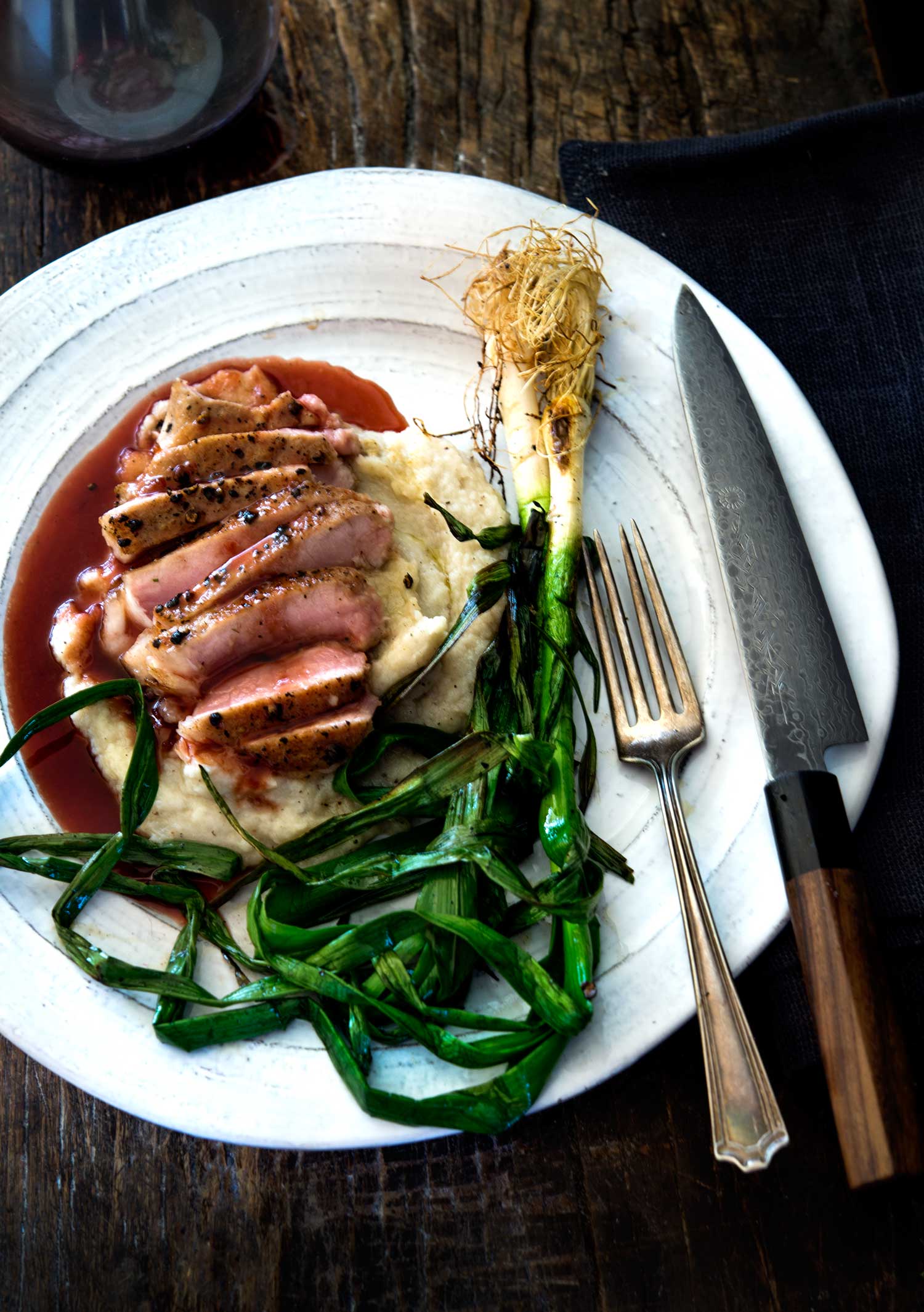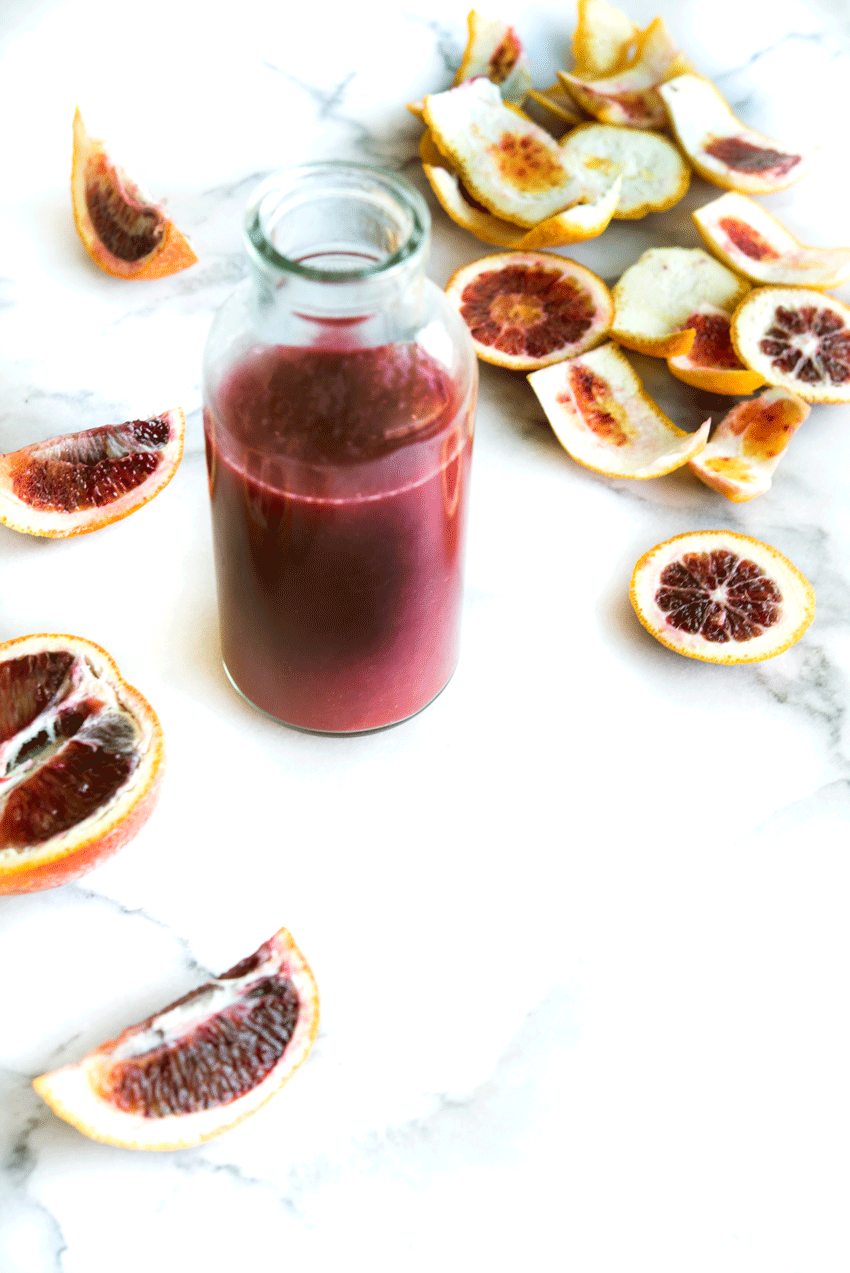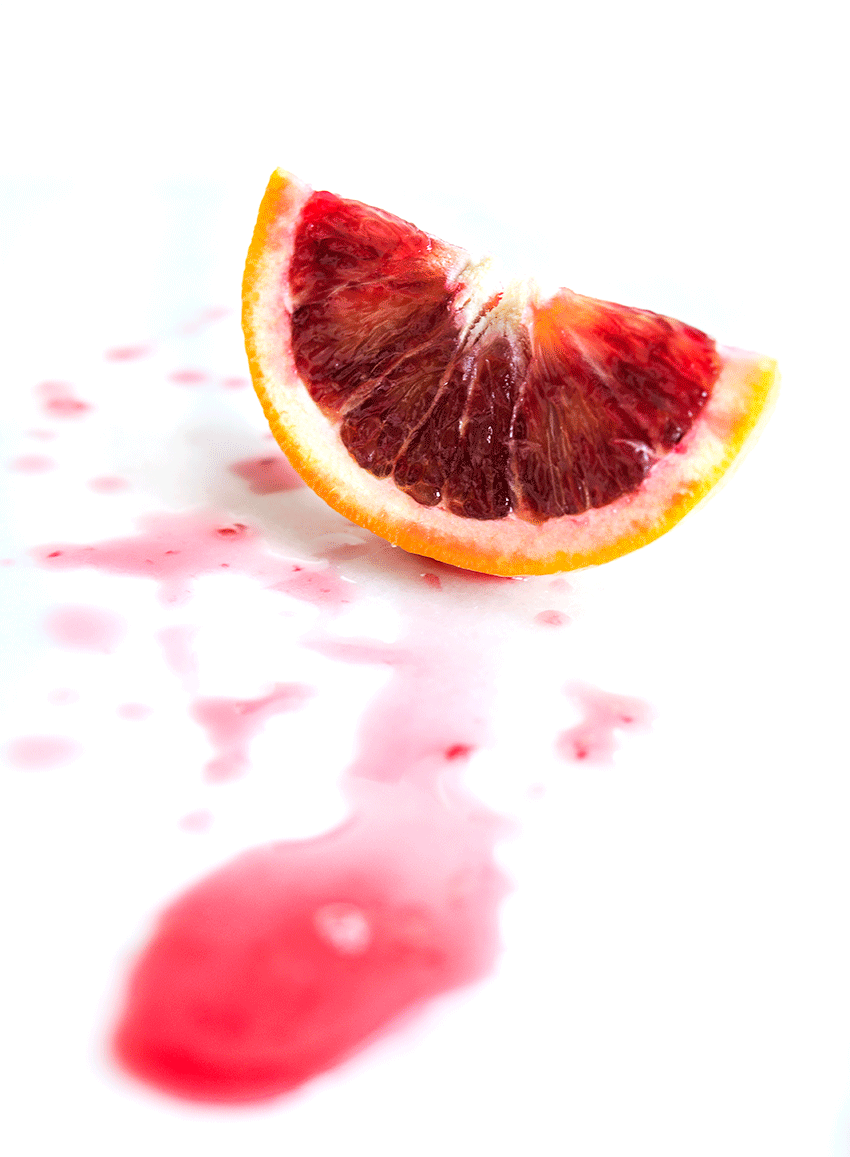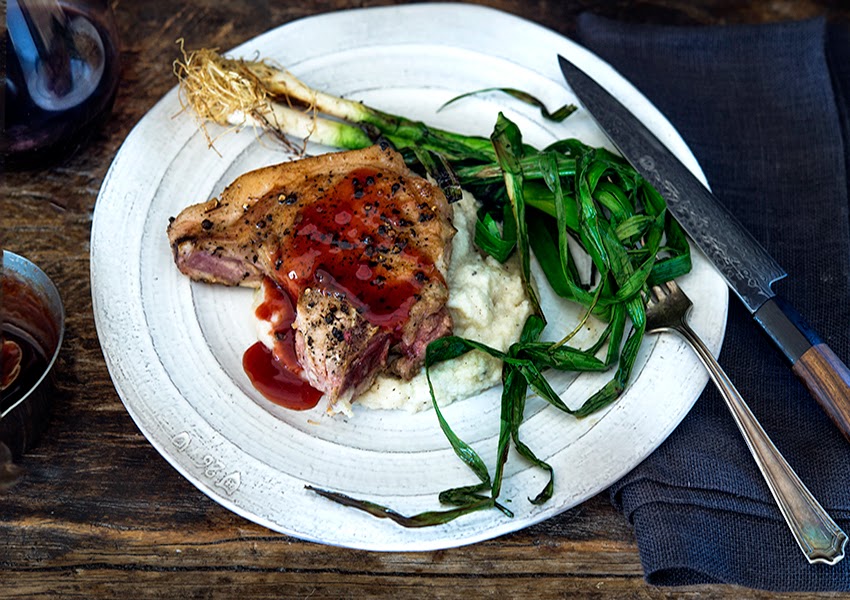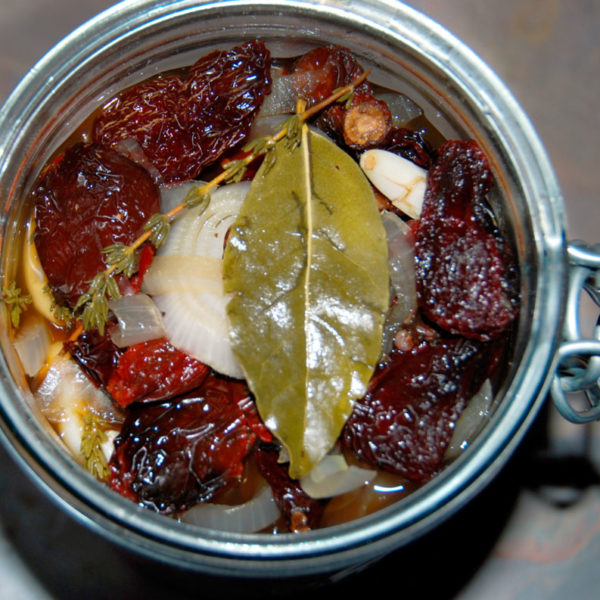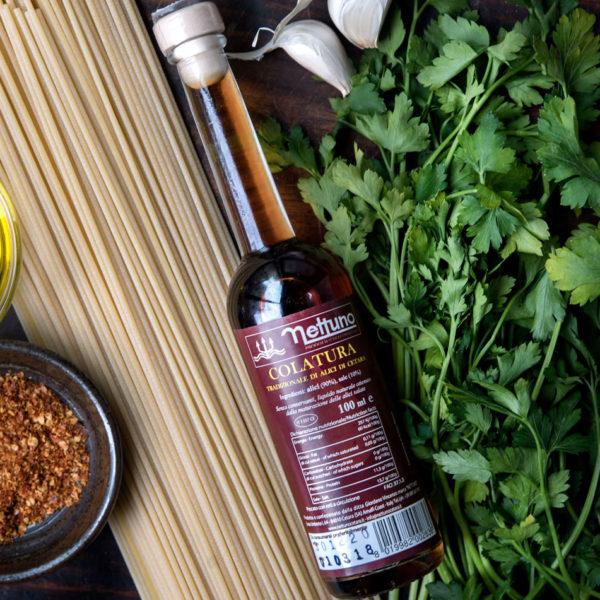Blood oranges have a relatively short window. So, when they made their annual appearance, I immediately snatched up a basketful. Blood oranges look unassuming enough from the outside. Their skin, not much different from a typical ‘orange’ orange, with flecks of deep orangy-red. However, when you slice open a blood orange, pizazz…the most vibrant shade of maroon awaits.
I had some kind of savory preparation in mind [as mentioned in previous posts, am not much of a baker; although, very much appreciate others baking sweet treats for me :-)]. But that’s where my thoughts regarding blood orange came to a halt.
Hmm….what to do, what to do with blood oranges?? These are the thoughts that occupy my brain.
Then it hit me, a blood orange gastrique.
A gastrique may sound fancy and complicated, but it’s anything but. A gastrique is nothing more than a reduction of a sweetener (sugar, honey) with vinegar, sometimes wine, and often fruit. My version is comprised of honey, red wine vinegar, and blood orange juice, that’s it; an agrodolce — that perfect balance of sweet and sour.
Next dilemma, what shall I pair with my blood orange gastrique??
Patrick piped in with the suggestion of pork. Had some salsify on hand that someone had given to me, picked up some green onion at the farmers’ market (perhaps the first signs of spring, fingers crossed), and, voila, a meal was born. It’s all really quick and simple to prepare. You can save a bit of time on the back end by preparing the gastrique and mash ahead of time (just reheat when ready to serve).
A brief word on [heritage] pork…
This is NOT your factory farmed pork. Nearly extinct, but thanks to the devotion of small family farms, (some) heritage breeds are making a slow and steady comeback. They are raised on pasture, foraging on a natural diet, which translates into flavor, flavor, flavor.
This pork come from Evensong Farm [Sharpsburg, Maryland via Silver Spring Farmers Market, MD]. They raise Gloucester Old Spot (GOS). The meat is dark, marbled, and melt in your mouth tender — and yeah, DELICIOUS.
Besides GOS, there are several other heritage pork breeds worth trying if you have the opportunity: Berkshire, Tamworth, Red Wattle, Duroc, Yorkshire, Large Black, Mulefoot, etc. Look for them at your local farmers’ market.
Save the heritage pigs, support your local farmer, and enjoy what real pork should taste like.
Blood orange gastrique…simply blood orange juice + honey + red wine vinegar, simmered until thickened and reduced.
This is salsify. It’s a rather unusual looking root vegetable; looks a bit like twigs or something you might forage for out in the woods. Salsify belongs to the dandelion family and is often referred to as the ‘oyster plant’ as it is often described as having a [subtle] oyster flavor. You can roast them, use them in soups, stews, saute them in butter, etc.
Salsify also makes for a nice mash on which to rest the pork chops. If you can’t find salsify, perhaps a celery root, cauliflower, or sunchoke (aka Jerusalem artichoke) mash instead. Of course, you can’t go wrong with buttery mashed potatoes.
Bone-in pork chop with salsify mash, spring onion, and blood orange gastrique…
Gloucester Old Spot pork is tender and melt in your mouth delicious. The meat is darker in color than pork you may be accustomed to. This is NOT the other white meat. It’s so much more.
Blood Orange Gastrique
1:2:2 ratio of honey:vinegar:blood orange juice (a dash more/less of each depending on taste)
1/4 cup honey
1/2 red wine vinegar
1/2 cup blood orange juice
Combine the honey, vinegar, and blood orange juice in a small saucepan. Bring to a boil, turn down the heat and simmer until thick and reduced, about 10-15 minutes.
Salsify Mash
Adapted from The Kitchn
serves 4
juice of 1 lemon
2 pounds salsify
1 garlic clove
2 1/2 tablespoons butter
3/4 cup milk
1/2 tablespoon horseradish (optional)
salt, to taste
